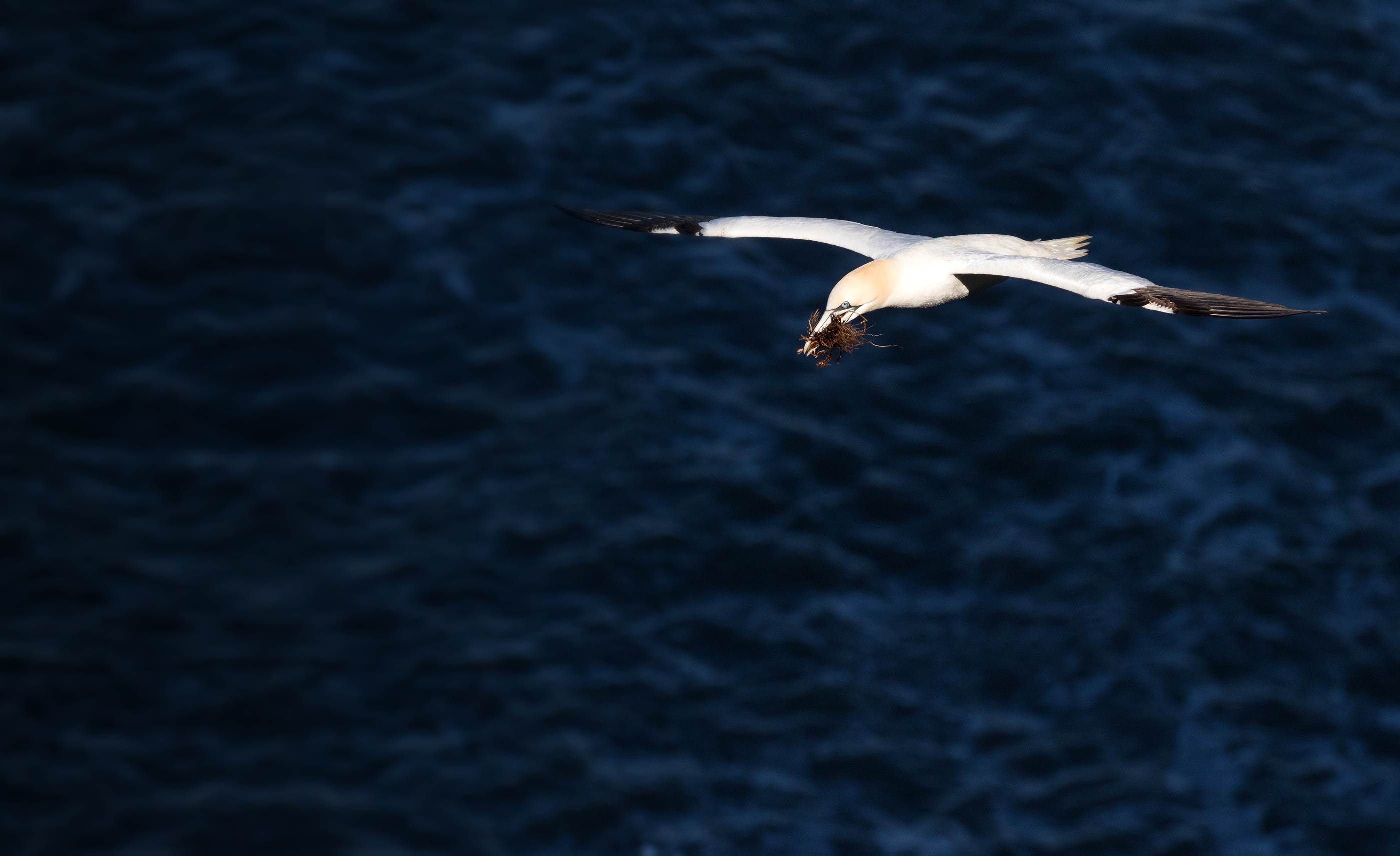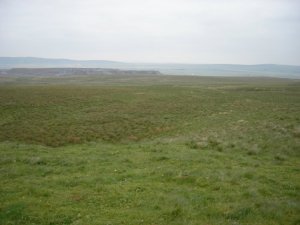Moorland management for birds - is predator control essential?
The study site, within the Muirkirk and North Lowther Uplands SPA
Moorland within Britain can support important populations of breeding waders, gamebirds, and birds of prey, underlining their conservation value. Moorland and associated habitats are not 'natural', however, they are the result of management - in particular sheep grazing and various practices to support the sport shooting of Red Grouse.
In addition to, or where moorland management is not financed through those uses, conservation outcomes may be shaped by financial payments made through 'agri-environment' or similar schemes. These schemes use management prescriptions to maintain, restore or enhance particular components of the habitat. While a suite of such prescriptions have been taken up quite widely, an ongoing decline of moorland birds is amongst the more marked results of the 2007-11 Bird Atlas.
John Calladine of BTO Scotland, with collaborators from ADAS UK and the former Scottish Coal, has just reported on a ten-year monitoring programme set up to examine the effectiveness of moorland management in south-west Scotland. The study site was 9.5km2 in size and was located within the Muirkirk and North Lowther Uplands SPA (Special Protection Area). Management began in 2002 and included muirburn and cutting, grazing, legal predator control and the restoration of hydrological features; a suite of management prescriptions which have been widely advocated as best-practice for supporting moorland birds.
Annual surveys of vegetation and birds were carried out to assess responses to the management implemented at the site. For birds, comparisons were made against wider trends in moorland habitats elsewhere which were derived from the Breeding Bird Survey (BBS) in order to account for factors (such as weather) that can have a marked effect on moorland bird populations.
So what were the results?
The expectation that the breeding bird community would increase in response to the management prescriptions adopted was not fulfilled. Only two species increased relative to the general trend for moorland and one of them was Carrion Crow (a species that was being actively removed as part of predation control measures). Most bird species studied showed no change or actually declined.
Although the responses by vegetation to changes in grazing were quite small, the moorland habitat condition did appear to have stabilized and further degradation had been halted. More relevant, however, was that declines in bird populations were common across species with different habitat associations and so a causal relationship with the land management changes appeared unlikely. Similarly, an effect of disturbance seemed unlikely. It did, however, remain plausible that the failure to effectively control predators could have contributed to the failure to increase breeding bird populations.
This piece of work, although based on the monitoring of the effects of a suite of management prescriptions rather than a controlled experimental design, highlights the difficulties in establishing effective management regimes for the benefit of moorland birds. It also underlines a need to develop an improved understanding of the factors that shape moorland bird communities more widely. It raises the question of whether moorland bird conservation can be effective where breeding birds remain vulnerable to predation, and in so doing will contribute towards the wider debate on the future of the British uplands.
Read more:
Calladine, J., Critchley, C.N.R., Baker, D., Towers, J. & Thiel, A. (2014) Conservation management of moorland: a case study of the effectiveness of a combined suite of management prescriptions which aim to enhance breeding bird populations. Bird Study 61: 56-72 http://dx.doi.org/10.1080/00063657.2013.876615
Acknowledgements:
We are particularly grateful to Andre Thiel, Phil Rayson for support throughout, and to the BTO and ADAS colleagues who collected data over the past ten years. Chris Wernham, Chris Pendlebury, Graeme Garner and James Bray helped coordinate the bird surveys. We are also indebted to the many volunteers who have contributed to the BBS (a partnership between the British Trust for Ornithology, Joint Nature Conservation Committee (on behalf of the Countryside Council for Wales, Natural England, the Council for Nature Conservation and the Countryside and Scottish Natural Heritage) and the Royal Society for the Protection of Birds) and the many landowners who have granted them access. Alison Johnston, Dario Massimino (BTO) and Chris Dyer (ADAS) provided statistical advice. Management of the mitigation area was overseen by the Powharnal Management Committee with representatives from Scottish Natural Heritage, the Royal Society for the Protection of Birds, East Ayrshire Council and Scottish Coal and has been overseen by Corsair Environmental Consultants/Elliott Environmental Surveyors.









Share this page